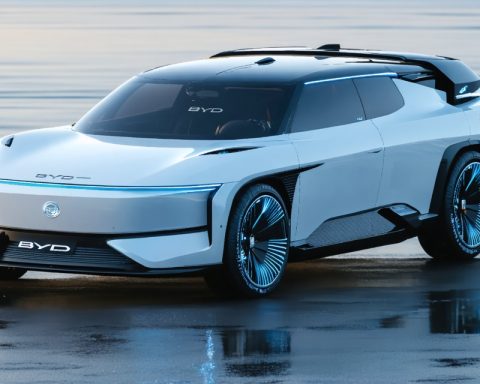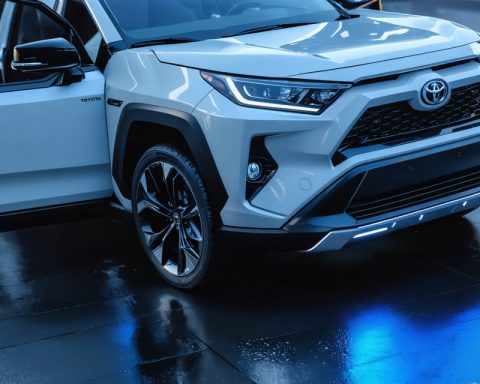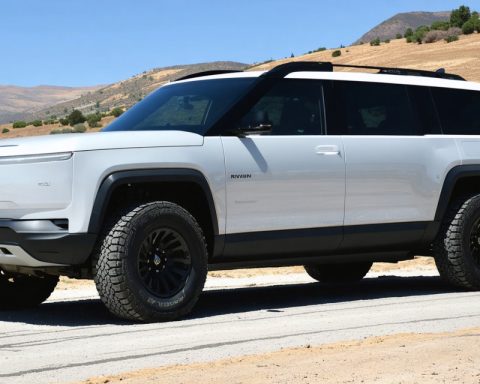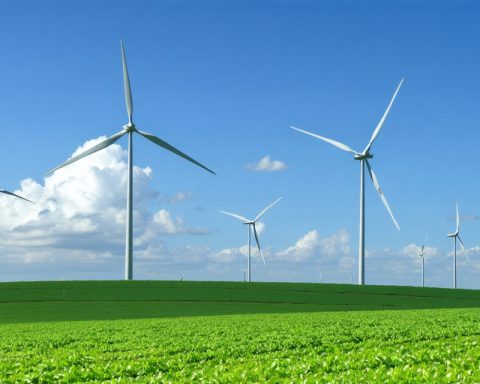- California’s EV charging ports have surpassed traditional gas nozzles, showcasing the state’s commitment to green transportation.
- By 2024, California has 178,500 EV charging ports compared to 120,000 gas nozzles.
- The state has rapidly expanded its EV infrastructure, doubling the number of chargers since 2022.
- Level 2 chargers are prevalent, enhancing access in urban and residential areas, while nearly 17,000 fast chargers provide quick solutions for time-constrained users.
- Despite federal shifts away from zero-emission priorities, California secured $150 million in federal grants to add 9,200 new EV ports, focusing on underserved areas like Los Angeles County.
- The nationwide EV progress faces challenges, but with over 77,300 stations and 216,400 public ports, the vision remains vigorous.
- California aims to make electric vehicles an accessible, preferable choice, supporting its 2035 goal to end sales of gas-powered cars.
California stands at the forefront of a transportation revolution. Anchored in vibrant sunsets and bustling cities, the Golden State has seen electric vehicle charging ports overtake traditional gas nozzles—a vivid testament to the state’s green ambitions. By 2024, the California Energy Commission counted 178,500 EV charging ports, dwarfing the 120,000 gas nozzles scattered across its expansive landscape.
This dramatic shift didn’t happen overnight. California has meticulously cultivated its EV infrastructure over recent years, evidenced by a near doubling of chargers since 2022. Public access to these charging stations has been bolstered by an addition of about 26,000 ports just from August to the present. Level 2 chargers, which add 14 to 35 miles of range per hour, dominate this network, enriching both urban and residential areas. Meanwhile, nearly 17,000 fast chargers offer a rapid relief for those short on time.
Yet, this green wave is cresting at a time of national discord. The federal government’s unexpected pivot away from prioritizing zero-emission vehicles threatens to muddy these waters. The Trump administration’s moves to curtail initiatives from the former Biden era, such as the ambitious goal for EVs to comprise half of all new cars by 2030, paints a complex picture for the future of EVs across the nation.
Federal foot-dragging hasn’t swayed California’s resolve. The state recently bolstered its EV blueprint with nearly $150 million from a U.S. Department of Transportation grant, earmarking funds for 9,200 new EV ports. A substantial portion will serve the often-overlooked communities of Los Angeles County, narrowing the accessibility gap.
Nationwide, the EV momentum faces turbulence as high as California’s Sierra peaks. The White House’s decision to pause vital EV infrastructure grants in places like Oregon and Florida signals a potential roadblock. Still, with over 77,300 stations and 216,400 public ports available nationwide, the vision of a greener U.S. highways persists, backed by both federal funds and individual state fortitude.
As David Hochschild of the California Energy Commission noted, the state is committed to making EVs a seamless choice for new car buyers. His words underscore California’s unyielding dedication to outmaneuver federal hesitancy and secure a cleaner, electrified future.
Amid the haze of policy conflicts, California’s message is clear—venture forward, electrically. This historic leap past gas stations is not just about numbers; it’s a decisive stride toward California’s 2035 ambition to ban gas-powered car sales. As chargers blossom across its regions, California crafts a vivid roadmap for those willing to dream in green.
California’s Electric Vehicle Charging Network: Leading the Charge Towards a Greener Future
Introduction
California is setting a new precedent in the realm of transportation by dramatically shifting its focus from traditional vehicles to electric vehicles (EVs). With more EV charging ports than gas nozzles, California’s commitment to a sustainable future is evident. This article delves deeper into the facts around this transition, explores the implications and potential challenges, and offers actionable insights for those interested in joining this green revolution.
How California is Leading the EV Charge
1. Infrastructure Growth and Distribution
– Rapid Expansion: The California Energy Commission (CEC) reported a near doubling in EV charging stations from 2022 to 2024, illustrating the state’s aggressive push for sustainability.
– Level 2 Chargers Dominance: With most chargers being Level 2, EV owners benefit from added convenience. Typically, these chargers are seen in urban and residential areas as they provide 14 to 35 miles of range per hour.
– Fast Chargers for Quick Refuels: Nearly 17,000 fast chargers across California offer high-speed charging for drivers on the go, catering specifically to those who need a quicker turnaround.
2. Policy and Funding
– Grants and Funding: California’s charging expansion received a significant boost with a $150 million grant from the U.S. Department of Transportation, aimed at adding 9,200 EV ports, particularly in underserved regions like Los Angeles County.
– Federal-State Dynamics: Despite federal hesitancy under the Trump administration regarding EV infrastructure, California continues its initiatives to ensure progress. This positioning affirms its role as a leader in electric mobility.
3. Nationwide Context
– Contrasting Federal Signals: While some states face pauses in receiving federal EV infrastructure grants, California’s momentum highlights the disparities and challenges in nationwide implementation.
– National Infrastructure: Across the U.S., there are 77,300 stations and 216,400 public ports, which serves as a broader context for California’s achievements and aspirations.
Real-World Use Cases and Market Trends
– Increasing EV Adoption: As charging station availability rises, so does EV adoption. The market is anticipated to see an increase in EV sales, supported by California’s 2035 goal to ban gas-powered car sales.
– Consumer Convenience: Businesses offer EV charging as an amenity, becoming a significant draw for customers and enhancing brand reputation as eco-friendly.
Challenges and Limitations
– Infrastructure vs. Demand: Ensuring that infrastructure keeps pace with the growing demand for EVs is crucial. There’s also the challenge of integrating charging networks seamlessly statewide.
– Federal and State Policy Divergence: California’s advancements might face hurdles due to differing federal policies, affecting nationwide EV adoption and infrastructure development.
Pros and Cons Overview
Pros:
– Environmental benefits through reduced emissions.
– Decreased dependence on fossil fuels.
– Economical benefits for EV owners due to lower fueling and maintenance costs.
Cons:
– Initial high costs of EVs and infrastructure setup.
– Dependency on state and federal incentives.
– Range limitations and charging times compared to traditional refueling.
Actionable Recommendations
1. For Consumers: Consider upgrading to an EV to benefit from California’s expanding charging network and associated incentives.
2. For Businesses: Invest in EV charging infrastructure to attract and retain environmentally conscious customers.
3. For Policymakers: Implement adaptable plans that allow for flexibility and scalability in response to federal policy changes.
4. For Investors: Explore opportunities in EV-related technologies and infrastructure development, given the favorable growth trends.
Conclusion
California’s efforts in boosting EV infrastructure mark a substantial stride forward in the green transportation revolution. Other states can look to California’s model of focused policy, strategic infrastructure expansion, and partnership with stakeholders as a blueprint for their EV ambitions. For more resources and updates on electric vehicles and technological initiatives, check the official California Energy Commission website.
By choosing this path, California not only serves as a beacon for a sustainable future but also as a practical model for integrating green technology within existing urban landscapes.














